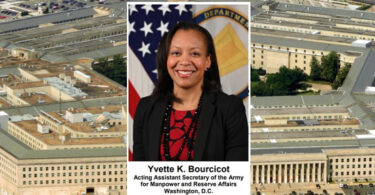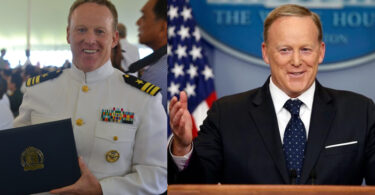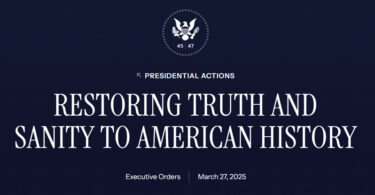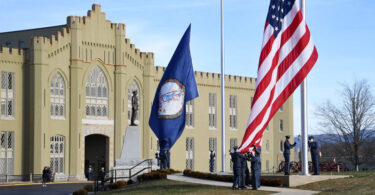By Roger Helle, former US Marine | Patriot Post
Spending several combat tours in Vietnam and going back a number of times since 1989 has helped me understand what an insurgency looks like. During the war, there were times I didn’t know where I was, let alone know the big picture of what was happening throughout the country.
The Reader’s Digest version of an insurgency is recruiting/organizing an armed resistance and then, when strong enough, an armed takeover of the government. Most are violent and in the last century resulted in over 100 million lives lost.
The utopia promised never seems to materialize, although the leaders of the revolution fare very well.
Russian President Vladimir Putin is a billionaire, but not from his government salary. North Korea’s portly Supreme Leader Kim Jong Un lives in luxury, while the majority of people are starving. The same can be said of other communist rulers after the revolution.
But the “insurgency” in America had to take a different approach. The groundwork began well over 100 years ago, when Marxist adherents began plotting their strategy.
Because of the First and Second Amendments, the strategy had to be different. Taking away Americans’ right to bear arms and free speech were a problem. Armed takeover wasn’t going to work. Another strategy was needed.
Thus, during the Vietnam War, “community organizers” (Marxists by another name) began the work of recruiting people to their cause.
Unsuccessful during the war, they turned to a more subtle strategy, becoming educators and using the education system to indoctrinate the next two generations.
The real “domestic terrorists” like Bill Ayers, Bernadine Dohrn, and Angela Davis, to name a few, became tenured professors.
Saul Alinsky, who wrote Rules for Radicals in 1971, is the primer for community organizers who followed him.
Making America a communist country was always their goal. Black Lives Matters, Critical Race Theory, and the 1619 Project are the fruit of this insurgency.
Instead of armed conflict (for now), they’ve infiltrated the mainstream media, education, Hollywood, and Big Tech.
Alinsky taught it was never about improving people’s lives; it was always about POWER.
Many Americans, like my generation (Baby Boomers), ignored it, thinking our kids would outgrow it. That was a very costly mistake.
The breakdown of the nuclear family, children out of wedlock, absentee fathers, and the constant demeaning of our nation, its values, its heritage, and especially its biblical faith and values have resulted in a nation that we hardly recognize.
We have to submit or be vilified, doxxed, threatened, canceled, and silenced. Common sense has been replaced with insanity. The “problems” are too numerous to list, but the silencing of free speech is a slippery slope to our demise.
We’ve been here before, although today’s situation is much worse. The problem is, and always has been, when America turns away from our godly heritage.
We’ve taken God and the Bible out of the classroom, the public square, and now even some churches. Before the Revolutionary and Civil Wars, we were in a dark place. Our situation seemed hopeless. Then came the Great Awakenings!
That’s when, in desperation, America turned back to the faith of our Founding Fathers, back to the Mayflower Compact.
Repentance and a return to our “first Love” (Rev. 2:4) turned our nation around. If we have breath, we have hope! With God, all things are possible.
Something to pray about!
Semper Fidelis
Roger Helle is a Marine who served three tours in Vietnam. He is the recipient of the Bronze Star Medal with Combat “V,” three Purple Heart Medals, and other decorations. He was medically discharged in 1971 after nine months recovering from near-fatal wounds. Mark Alexander wrote a profile on Roger in 2007: “Point Man.” Roger worked in the security field for almost a decade after leaving the Marine Corps, and he is author of Point Man, A Time to Kill, A Time to Heal, and other books on Vietnam. He and his wife Shirley spent 40 years working with Teen Challenge, a faith-based program for those bound by life-controlling addictions. He has returned to Vietnam more than 20 times, providing humanitarian assistance in rural areas, and he now offers consulting services to nonprofit organizations.








Leave a Comment